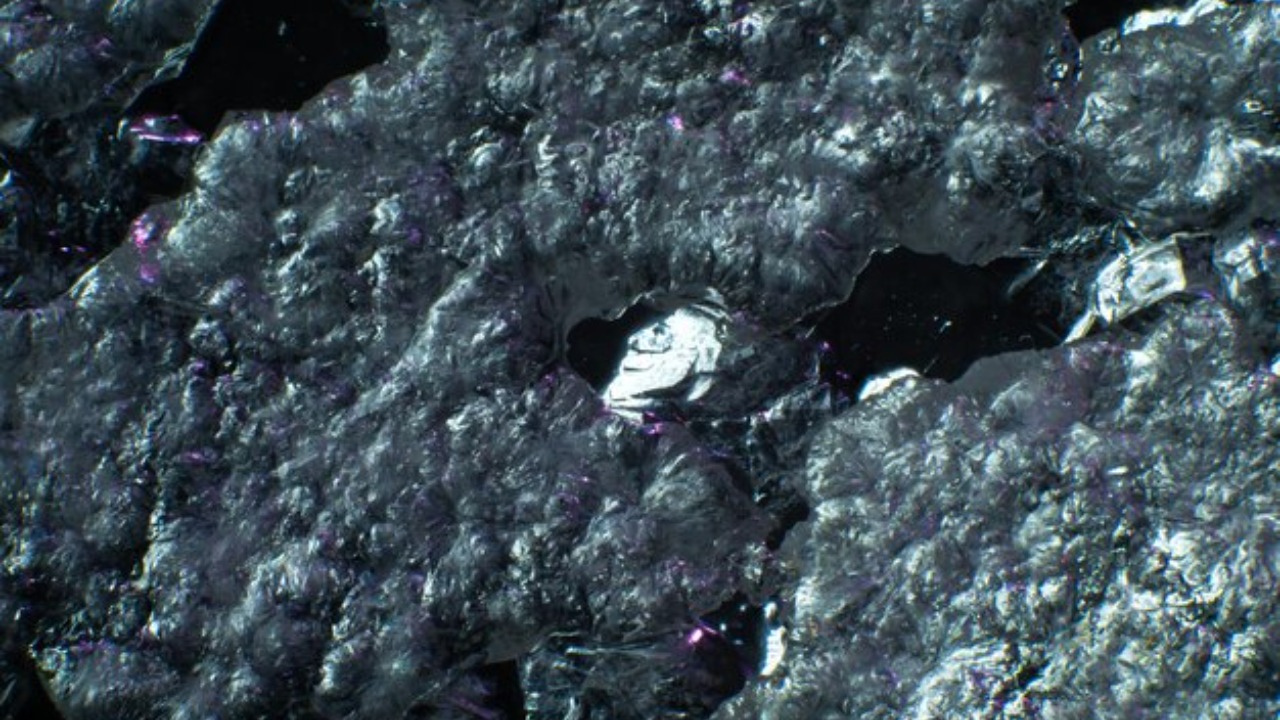
Space rocks often hide secrets that can change our understanding of the universe. Scientists have recently identified new minerals in meteorites that offer insights into the early solar system. These discoveries not only intrigue geologists but also spark curiosity about the complex processes that occur in space.
1. Lonsdalite: The Cosmic Diamond
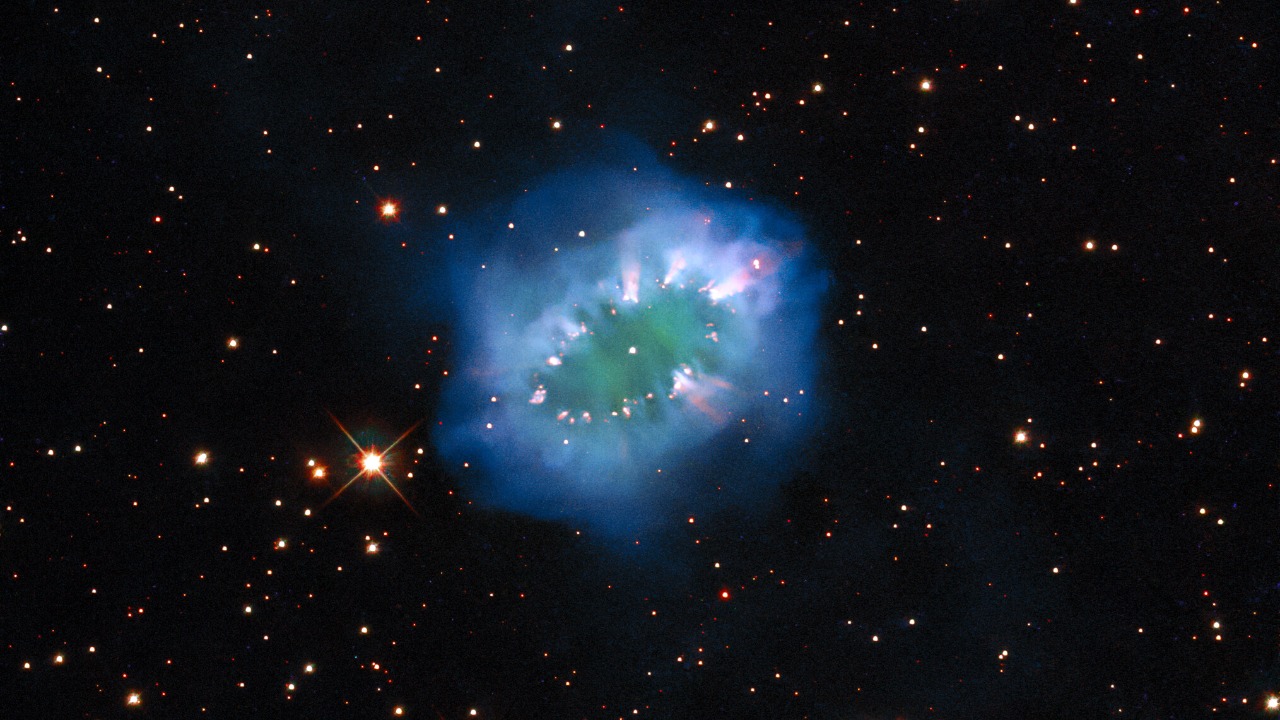
Lonsdalite is a unique form of diamond found in meteorites. This mineral is notable for its hexagonal crystal structure, differing from the cubic structure of conventional diamonds. Such a formation occurs under extreme conditions like those found in space, making it a rare find on Earth.
Researchers believe that Lonsdalite forms during high-speed impacts, offering clues into cosmic collisions. Its discovery amplifies our knowledge of extraterrestrial mineralogy and the potential resources hidden in space.
2. Allendeite: The Stardust Silicate
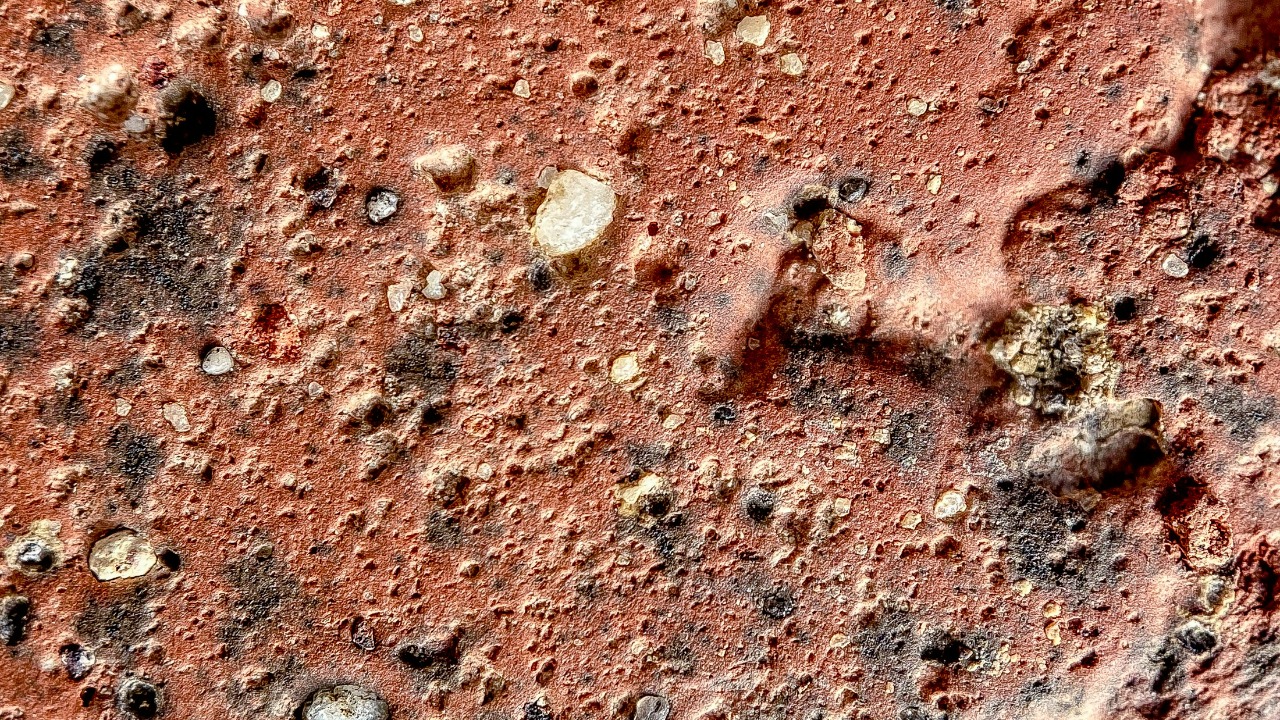
Allendeite is a silicate mineral that was first discovered in the Allende meteorite. This mineral is composed of elements like titanium and zirconium, providing a window into the material composition of the early solar system.
Its presence suggests that silicate dust was an essential building block in planetary formation. By studying Allendeite, scientists can unravel the processes that led to the development of planets and other celestial bodies.
3. Wassonite: The Alien Alloy

Wassonite is a rare, titanium sulfide mineral that was discovered in a meteorite from Antarctica. Unlike any mineral found on Earth, Wassonite’s unique structure offers a glimpse into the chemical reactions that occur in space environments.
Its formation is believed to be linked to the cooling of molten material in space, revealing the dynamic processes that occur beyond our planet. This discovery underscores the diverse range of minerals that can form under extraterrestrial conditions.
4. Panguite: The Primordial Mineral
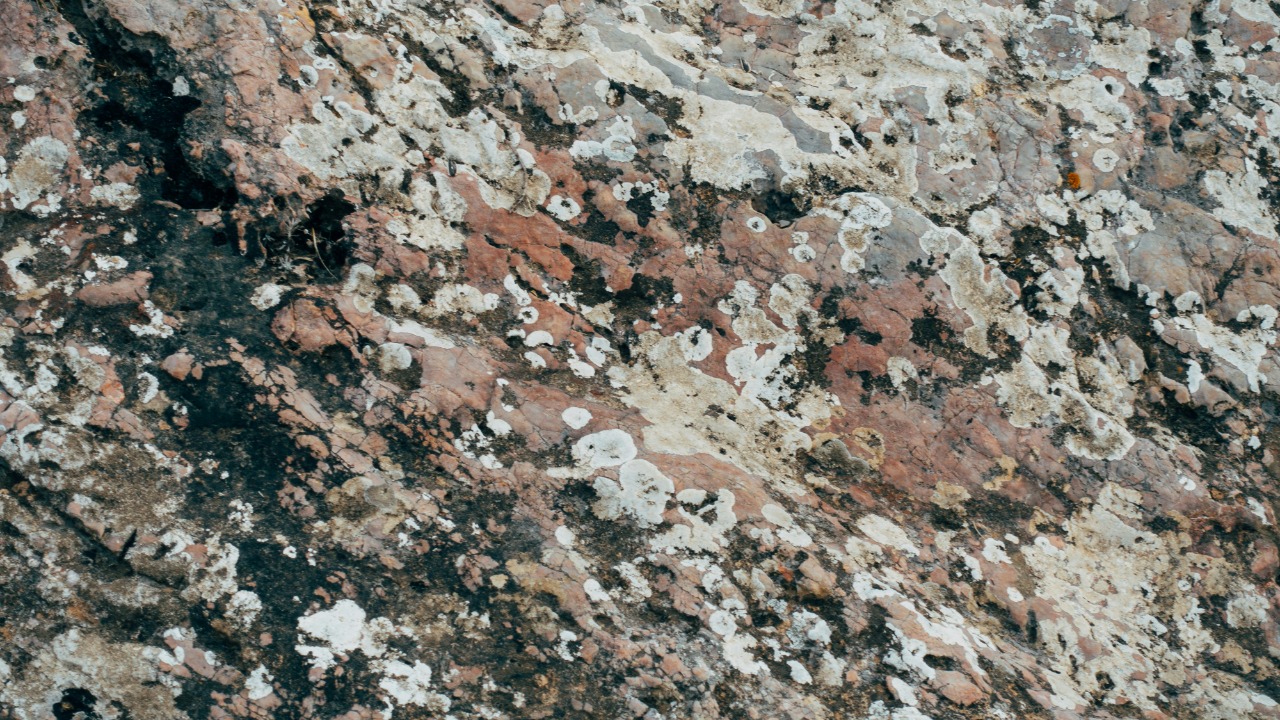
Panguite is considered a primordial mineral, believed to have formed during the earliest stages of the solar system. Found in the Allende meteorite, Panguite is composed of titanium, aluminum, and other elements. It provides evidence of the high-temperature conditions present in the early solar nebula.
Studying Panguite helps scientists understand the chemical evolution of the solar system and the formation of refractory minerals.
5. Heamanite: The Martian Crystal
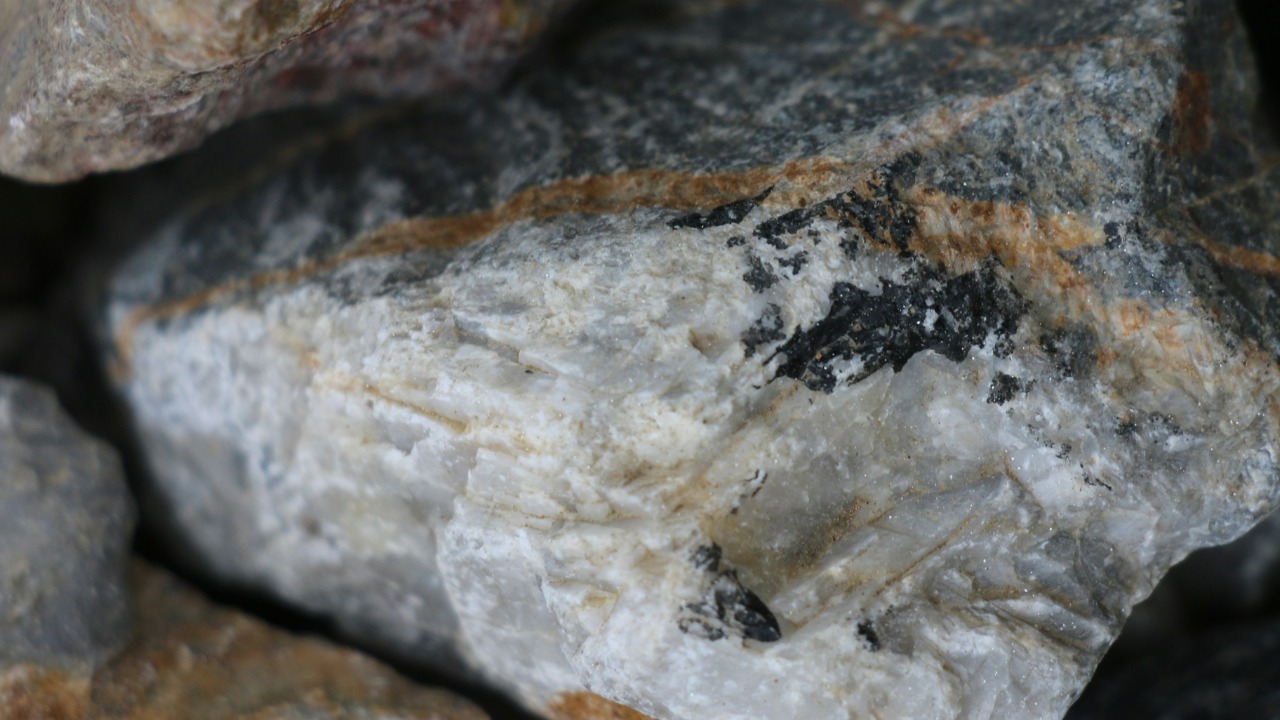
Heamanite is a mineral that has been identified in meteorites thought to have originated from Mars. This mineral’s composition includes elements that hint at the geological history of the Martian surface. The presence of Heamanite offers clues about the volcanic and tectonic activities that may have shaped Mars.
Such findings are crucial for understanding the planet’s evolution and assessing its potential habitability. Discovering Heamanite is a step towards piecing together Mars’ complex geological story.